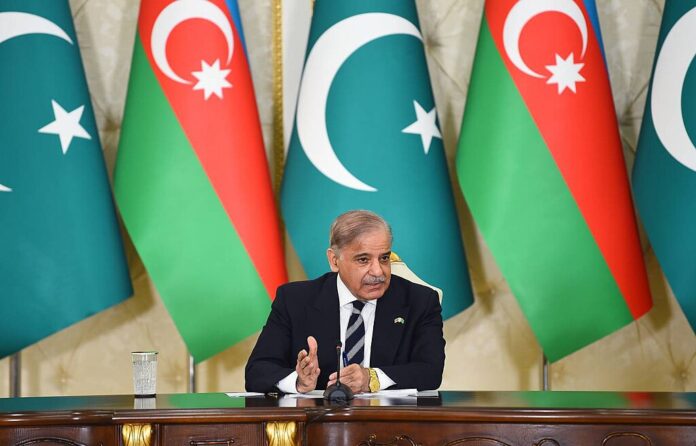Pakistan’s GDP rose by 3.07% in the last quarter, bolstered by IMF funding and declining borrowing costs, signalling a positive turnaround for the nation
In a remarkable display of resilience, Pakistan’s economy recorded a growth rate of 3.07% in the last quarter, exceeding forecasts and suggesting a positive shift in economic momentum. The boost in the nation’s Gross Domestic Product (GDP) can largely be attributed to financial support from the International Monetary Fund (IMF) and a series of strategic reductions in interest rates.
The Pakistan Bureau of Statistics announced this growth figure for the quarter ending June, indicating an upturn from the previously revised growth rate of 2.36% in the January-March period. This result also outstripped the anticipated growth of 2.7% predicted by economists in a Bloomberg survey.
This economic rebound comes at a time when Pakistan was grappling with overlapping political and economic crises, bringing the country perilously close to default last year. Fortunately, significant funding from multilateral lenders and loans from allied nations have provided much-needed stability. Moreover, the country’s foreign exchange reserves have improved markedly from critically low levels, contributing to a more favourable economic environment.
Embed from Getty ImagesIn light of the easing inflation rates, the monetary authorities have been able to cut borrowing costs significantly—by 450 basis points since June—facilitating a resurgence in industrial activity. The government’s recent approval of a fresh $7 billion loan program from the IMF further solidifies financial stability, alleviating concerns regarding the approximately $26 billion in loan repayments due in the current fiscal year.
The agricultural sector was a standout performer in this growth narrative, expanding by 6.76% thanks to a robust wheat harvest. Additionally, the services sector also demonstrated strength, recording a growth of 3.69%. These sectors have played pivotal roles in supporting the broader economy as it recovers from past challenges.
Looking ahead, Prime Minister Shehbaz Sharif’s administration has set an ambitious target of achieving a sustained growth rate of 3.6% by June 2025. To reach this goal, the government is committed to implementing structural reforms that aim to bolster the economy further, ensuring a path to stability and growth.
Analysis
Political Perspective
The recent economic growth in Pakistan highlights a critical juncture for its political landscape. The government, led by Prime Minister Shehbaz Sharif, faces the dual challenge of maintaining economic momentum while navigating the complex dynamics of political stability. With the impending elections, a buoyant economy can significantly bolster the ruling party’s prospects. However, continued reliance on foreign loans and support from the IMF raises questions about long-term sovereignty and the country’s financial autonomy.
Social Perspective
The economic recovery reflects the resilience of the Pakistani populace, who have faced significant hardships in recent years due to political instability and economic strife. The revival of key sectors such as agriculture and services is crucial not only for job creation but also for enhancing the overall quality of life. As the economy stabilizes, there is a growing expectation among citizens for improved public services and living standards, further pushing the government to respond effectively to societal needs.
Racial Perspective
Pakistan’s economic challenges often intersect with ethnic and regional disparities. The recovery in agriculture, particularly in regions reliant on wheat production, can help address historical inequities. However, the government must ensure that all regions benefit from economic policies and IMF assistance to prevent exacerbating existing tensions among various ethnic groups.
Gender Perspective
The economic growth can have far-reaching implications for gender equality in Pakistan. Women, who play a crucial role in the agricultural sector, could benefit from increased investment and attention to this area. However, the government must prioritize policies that ensure women have access to resources, education, and opportunities in the workforce, promoting gender equity as the economy grows.
Economic Perspective
From an economic standpoint, the recent growth is a positive indicator of Pakistan’s ability to stabilize and recover. The infusion of IMF funds and the reduction in interest rates have created a conducive environment for growth. However, challenges remain, particularly regarding external debt and the necessity for sustainable economic reforms. The government’s focus on structural reforms will be crucial in ensuring that the growth trajectory is maintained and that it leads to long-term stability and prosperity.
